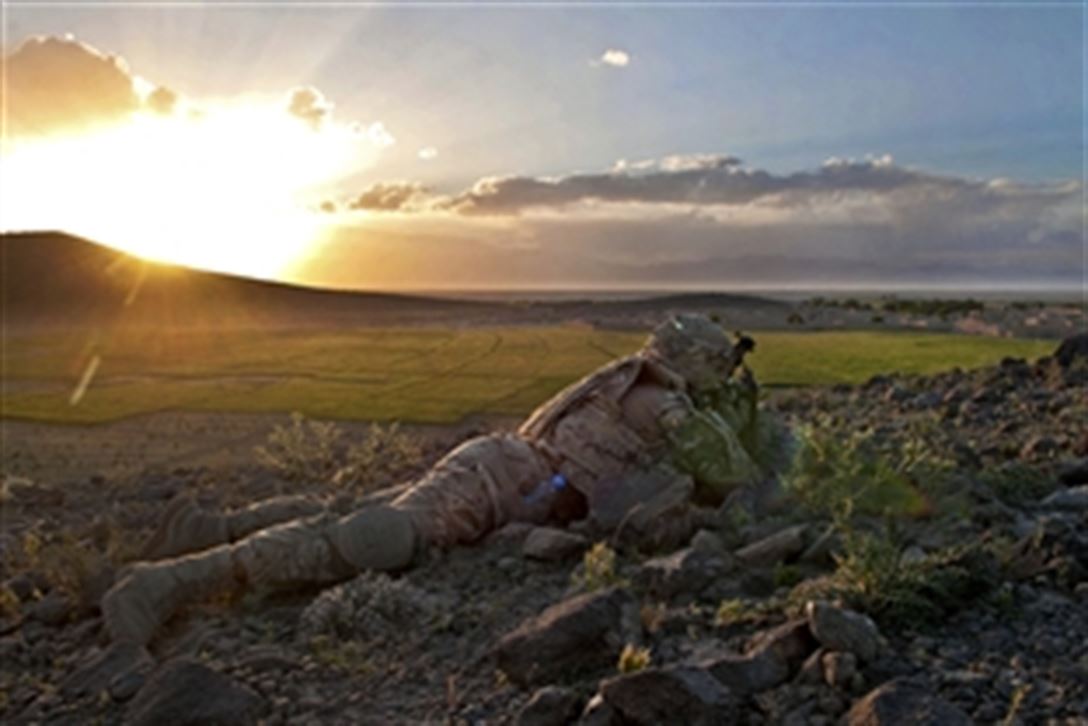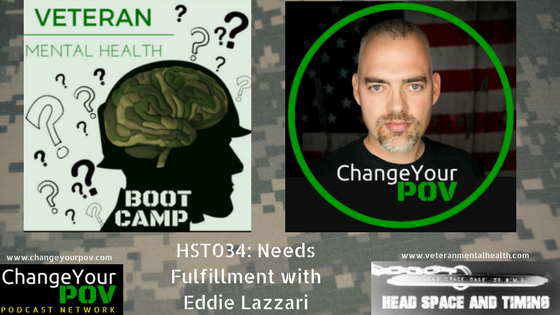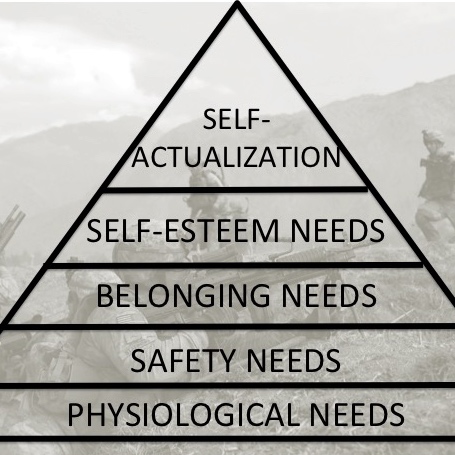
We don’t function well as human beings when we’re in isolation – Robert ZemeckisHumans are social creatures and pack animals. Our basic nature needs interaction with others to satisfy our biological needs, our safety needs, our social needs. We need other people to survive and thrive. One challenge with veteran mental health and wellness, however, is that it often drives isolation rather than connection. This complicates recovery significantly. This problem doesn’t just apply to the veteran suicide epidemic, but it’s a good illustration of the point. Dr. Thomas Joiner is a recognized expert in suicide research, and his Interpersonal-Psychological Theory of Suicidal Behavior illustrates the dangers of isolation. Dr. Joiner tells us that the evidence shows that there are three factors that are involved in someone acting on suicidal thoughts. These three factors are a sense of burdensomeness, social alienation, and the acquired ability to enact lethal self injury. In other words, if a veteran feels like their problems are too much of a burden for those around them, they are isolated (either physical or psychologically) and have the ability to hurt themselves, then suicide is a significant likelihood. When it comes to isolation, however, it can be complicated.
Isolation Is a Risk Factor for Increased Psychological Suffering
It has been widely known that social isolation is a key risk factor in challenges with mental health and wellness. Withdrawing from social relationships has been shown to be a barrier to care and a factor becomes a barrier to care, according to one study in 2009 by Dr. Beth Cohen and her colleagues. It is also a factor that impacts military families; one study conducted by Dr. Sean Phalen an his colleagues, published in 2009, found that social isolation was a significant problem among caregivers of veterans with traumatic brain injury. These findings aren’t new, either; a study looking at caregivers of Vietnam Veterans with PTSD, published in 1993 by Dr. Kathleen Jordan and colleagues, found that social isolation among caregivers was one of the most commonly reported problems. Withdrawing from others…family, friends, social networks…increases the sense of burdensomeness described above.Isolation as Avoidance
One of the problems with isolation, however, is that sometimes it feels good. One of the key aspects of Posttraumatic Stress Disorder is avoidance of stimuli that reminds the veteran of traumatic events. Not all veterans have PTSD, of course. Someone who had been caught in a crowded market, or someone who had repeatedly been exposed to wide open spaces where danger was a constant threat, would naturally want to NOT be in those situations. We will avoid that which makes us uncomfortable. I have spoke to veterans who used to enjoy going to huge music festivals before they joined the military, but couldn’t couldn’t even stand the thought of going to a small club concert after their career was over. In this way, isolation became a way of avoiding unpleasant physical and emotional responses. Isolation also serves to help veterans avoid the stigma of mental health concerns. If someone constantly hears, “you’ve changed since you got out” or “why can’t you go back to being the way you were,” then these comments will add to that sense of burdensomeness. “What I’ve become is unacceptable to those around me” is the thought that we tell ourselves. Since we don’t want to be rejected, and since we don’t want to bother those around us, we start to pull away from others. This, in turn, leads to an echo chamber in which the veteran only hears what they think, and no one is around to tell them otherwise. Isolation, like other forms of less than appropriate coping techniques like alcohol and other drugs, works well in the short term…but can be extremely harmful in the long term.Isolation Versus Solitude
Other times, however, being alone is truly beneficial. There is a difference between isolation and solitude. In an article published in 2015, Dr. Jacob Stein and Dr. Rivka Tuval-Mashiach differentiate between the two states. Social isolation is associated with loneliness, while solitude is not. If someone is socially isolated, they want to be alone (in some cases) but also truly do miss interaction with others; they want it and don’t want it at the same time. Solitude, however, is a state of desired aloneness; there is no loneliness associated with it. Sometimes this desire for solitude is an acquired trait. After a veteran’s experiences in the military, they may desire less interaction with others; we’re not avoiding the crowd because it reminds us of Baghdad. We’re avoiding the crowd because being part of the crowd no longer interests us. As I often tell the veterans I work with: if you know why you’re doing something, and you’re not hurting yourself, your family, anyone else, or breaking the law, then so be it. Building a compound in the mountains out of anxiety? A desire to avoid anyone and everyone? Not helpful. If you buy some land and build a house for you and your family simply because you enjoy the peace and quiet; helpful. Alternatively, a desire for solitude may just be part of your nature. I’m a naturally private person; although I do somewhat live a private life in public, I’m an introvert with extroverted tendencies. I had, and continue to have, a small group of very close friends, and am content with my wife and kids. That’s different than being isolated; it’s being comfortable with aloneness.Value Solitude, Avoid Isolation
Whether you’re experiencing solitude or isolation, the key is understanding which it is. How is it impacting you? Are you isolating in order to avoid unpleasant interactions, but really do want to interact with others? Then it’s likely isolation, and too much of that can be dangerous. If you’re struggling with isolation, the best thing to do is to avoid avoiding and reach out to talk to someone. It’s not as painful as you imagine.Want to keep up with all of the Head Space and Timing content? Subscribe Here


